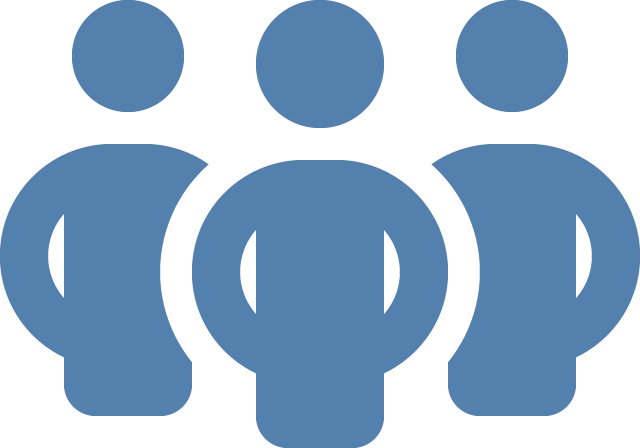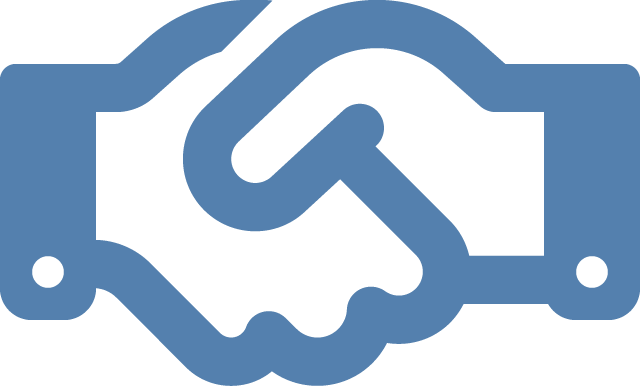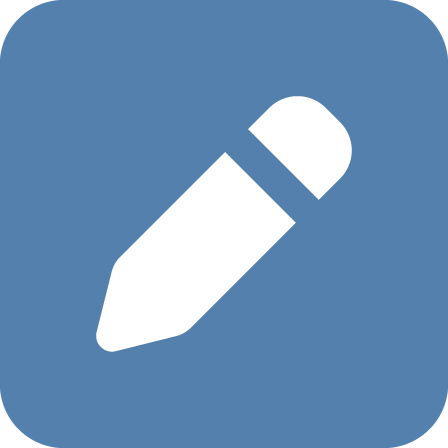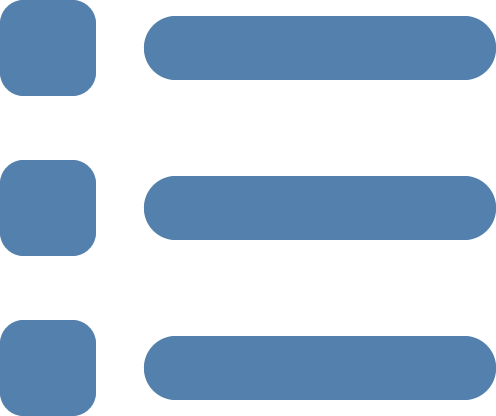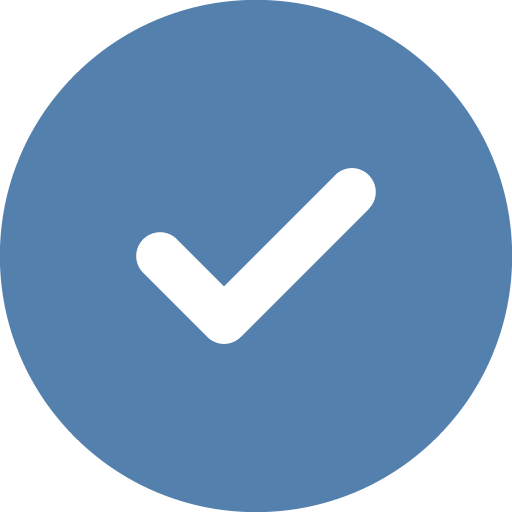Welcome Change – The new Scrum Guide
von DI (FH) Andreas Lettner
Welcome Change – ein essenzieller Grundsatz in der agilen Entwicklung, welcher im Scrum-Framework durch die 3 Säulen Transparenz, Inspektion und Adaption in seiner Wichtigkeit unterstützt wird. Und wie auch die Veränderung während der Produktentwicklung uns täglich begegnet, genauso ist es auch notwendig, Veränderung in der Entwicklung der agilen Praktiken und Frameworks zuzulassen und zu leben. Vor wenigen Tagen war es so weit: Der neue Scrum Guide wurde veröffentlicht. Finden Sie hier die auf den ersten Blick grundlegenden Änderungen.
Vorweg, was hat sich nicht geändert? Scrum ist immer noch Scrum – ein leichtgewichtiges Framework, welches Teams bei der Lösung komplexer Probleme hilft und auf die Lieferung von Wert für Kundinnen und Kunden ausgelegt ist. Kundenzentriert und dennoch einen konzentrierten Blick auf das Team und dessen Mitglieder.
Inhalt
- Mehr Freiheiten führen zu mehr Individualität
- Ein stärkeres Team
- Keine Hüte mehr – nur noch Verantwortlichkeiten
- Der Scrum Master wird zum “echten” Leader
- Selbstorganisation vs. Selbstmanagement
- Der Weg ist das Ziel
- Drei Verpflichtungen
- Fazit
- Über Scrum
- Autor

Mehr Freiheiten führen zu mehr Individualität
Das Scrum Framework schrieb nie sonderlich viele Praktiken vor, um ein Team optimal einsetzen und wachsen zu lassen. Der neue Scrum Guide geht hier noch einen Schritt weiter und wird in vielen Teilen weniger “vorschreibend” und reduziert sich auf das Wesentliche. Zum Beispiel wurden beim Daily Scrum die bisher definierten Fragen gestrichen.
Ein stärkeres Team
Das Scrum Team ist künftig nur noch ein Team. Das mag auf den ersten Blick eigenartig klingen, dennoch bestand mit der bisher im Scrum Guide geführten Bezeichnung des “Development Teams” die Gefahr, dass sich die Entwickler*innen als “Subteam” formierten und ggf. die positiven Synergien im gesamten Scrum Team ausblieben.
Im neuen Scrum Guide wird der Begriff “Development Team” ersetzt durch “Developer”. Es gibt jetzt nur noch ein Team – das Scrum Team!
Keine Hüte mehr – nur noch Verantwortlichkeiten
Bisher wurden Scrum Master, Product Owner und Development Team anhand von Rollen (roles) beschrieben. Der neue Scrum Guide verzichtet auf den Begriff der Rollen komplett und führt nun einheitlich die Kommunikation von Verantwortlichkeiten (accountabilities) ein. Auch dies mag dazu führen, dass Scrum Teams künftig näher zusammenwachsen und sich besser gemeinsam bewegen können.
Der Scrum Master wird zum “echten” Leader
Beim Scrum Master wurde eine auf den ersten Blick kleine Änderung durchgeführt: vom “Servant Leader” wurde dieser zum “True Leader”, welcher aber das Team und die Organisation weiter unterstützt. Diese Änderung muss uns erst überzeugen, da das Konzept des “Servant Leader” bisher ein klares Bild und Abgrenzung zum klassischen Management darstellte, welches dadurch etwas geschwächt werden könnte.
Selbstorganisation vs. Selbstmanagement
Das “self-organizing” Scrum Team wird zum “self-managing” Scrum Team. Hierdurch wird der hohe Stellenwert der Autonomie des gesamten Teams hervorgehoben. Während im Scrum Guide von 2017 noch das Development Team selbstorganisiert war, so ist es nun das Scrum Team, welches gemeinsam entscheidet.
Der Weg ist das Ziel
Als Basis für diese gemeinsamen Entscheidungen soll nun auch neu das Produktziel dienen. Das Produktziel soll ein gemeinsames Bild vom Produkt erzeugen und die möglichen Wege klarer darstellen.
Drei Verpflichtung
Im Scrum Guide von 2017 wurden bereits das Sprintziel und die Definition of Done erwähnt, dennoch waren diese nicht sonderlich stark verankert. Gleichzeitig mit der Einführung des Produktzieles wurden diese drei nun als Verpflichtungen (commitments) den Artefakten zugewiesen:
- Product Backlog erhält das Produktziel
- Sprint Backlog erhält das Sprintziel
- Inkrement erhält die Definition of Done
Das Sprintziel wurde bisher im Rahmen des Sprint Plannings kommuniziert. Neu ist hier nun die gemeinsame Festlegung des Sprintzieles durch das Scrum Team. Durch die Institutionalisierung einer vorangestellten, zusätzlichen Frage im Sprint Planning ergeben sich dort jetzt folgende Themen:
- Warum ist dieser Sprint wertvoll?
- Was kann im Sprint umgesetzt werden?
- Wie wird die gewählte Arbeit umgesetzt?
Fazit
Die Änderungen im Scrum Guide 2020 können wir einfach mit einem Wort beschreiben: spannend. Wir sind neugierig die neuen Themen in unseren Projektalltag aufzunehmen und mit ihnen zu experimentieren. Wir sind zuversichtlich, dass viele der hier genannten Änderungen die Entwicklung unserer Arbeitsweise positiv beeinflussen. Gerne laden wir unsere Kunden ein, mit uns gemeinsam diesen Schritt der Weiterentwicklung zu gehen.
Scrum Cycle
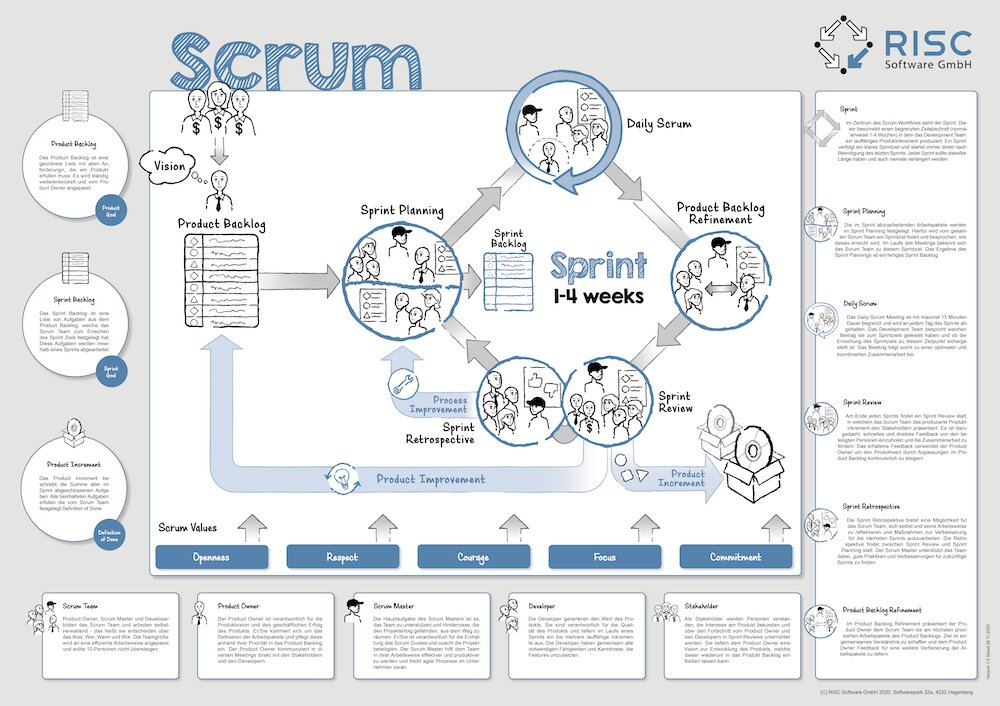
Über Scrum
Scrum ist eine agile Arbeitsweise im Projektmanagement, die von von Ken Schwaber und Jeff Sutherland entwickelt wurde und häufig in der Softwareentwicklung zum Einsatz kommt. Die Vorgehensweise ist im sog. Scrum-Guide festgelegt und wird firmen- und herstellerunabhängig entwickelt. Am 18. November 2020 wurde eine aktualisierte Version des Scrum-Guides veröffentlicht. https://www.scrum.org/
Kontakt
Sie möchten unser Scrum Cycle Poster als PDF? Dann schreiben Sie uns!
Autor

DI (FH) Andreas Lettner
Chief Product Officer,
Head of Unit Domain-specific Applications

